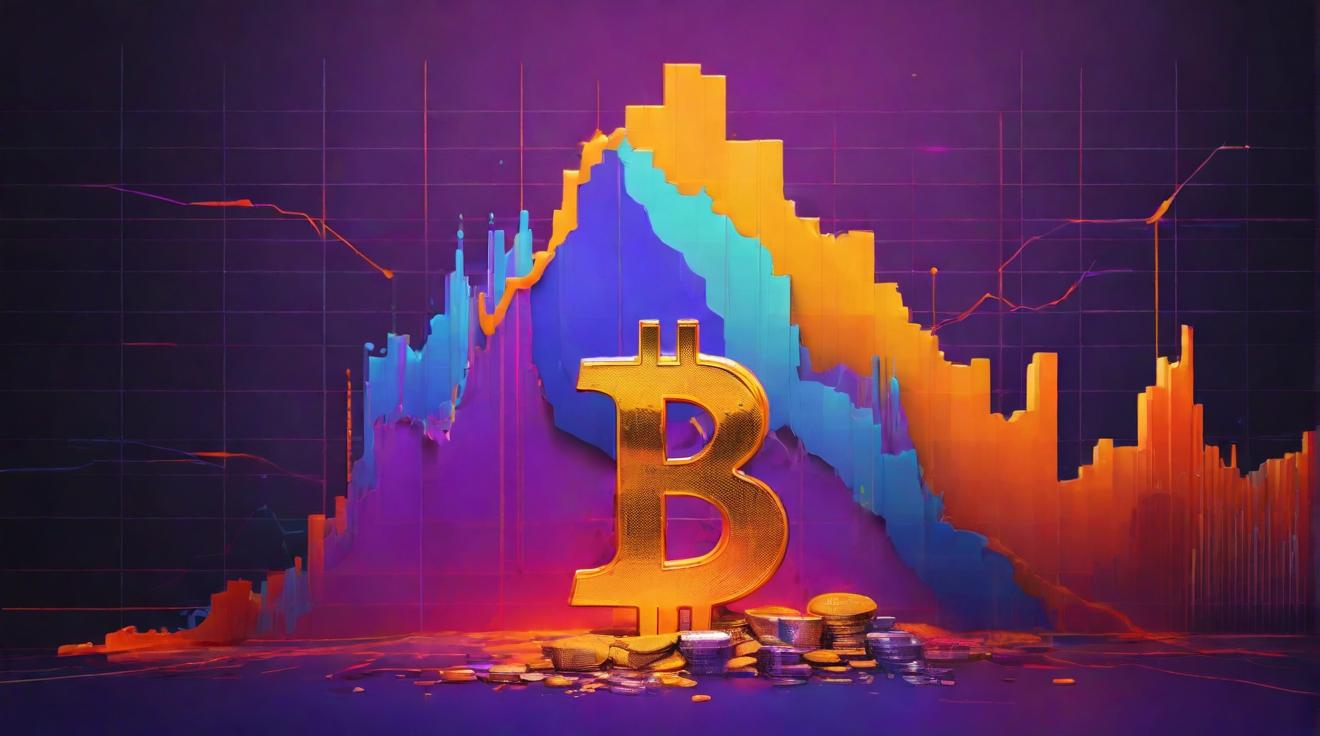Bitcoin Halving Event Marks a Major Shift in Cryptocurrency Economics
Early Saturday, the Bitcoin network underwent its much-anticipated fourth halving event, a radical change that has significantly altered the economic landscape of the blockchain. Occurring every four years, these halvings slash the reward miners receive for creating new bitcoins by half. This year's adjustment took place at precisely 00:09 UTC, coinciding with the addition of the 840,000th block to the Bitcoin blockchain.
In an interesting turn of events, despite bitcoin's price holding steady above $63,000, the network saw a notable spike in transaction fees following the launch of a new Bitcoin-based system called Runes. This led to a flood of transactions, as users eagerly speculated on the potential of these new digital tokens. The halving block itself shattered records with a 37.6 BTC fee, valued at over $2.4 million, with fees remaining significantly high in the aftermath.
Bitcoin mining pool ViaBTC was the winner of the halving block, thus earning the bitcoin rewards at the newly adjusted rate of 3.125 BTC per block. This particular block, aside from its significant timing, also gained attention for containing the first "sat" post-event—a token that some believe could be a collector's item of great value in the future.
The Runes protocol, integral to the recent surge in activity, facilitates the creation of fungible tokens on Bitcoin's platform and kicked off in tandem with the halving. In the space of an hour post-launch, hundreds of runes were minted, illustrating the immediate impact on transaction volumes and fees. With the halving, median transaction fees soared, reflecting a stark rise from pre-halving figures.
This reduction in mining rewards is slated to shift miners' reliance towards transaction fees and potential price increases of Bitcoin to sustain revenue levels. Halving events are cornerstone moments for the Bitcoin community, epitomizing the core principles of a decentralized financial system and a strictly enforced monetary policy. Unlike fiat currencies, Bitcoin is designed to be non-inflationary and is capped at a fixed supply limit. Halvings are designed to gradually diminish new bitcoin issuance until the last one is mined, projected around the year 2140.
While past halvings have typically led to substantial price movements, the fallout from this particular event remains to be seen, with opinions divided on its immediate and enduring impact on Bitcoin's value. This uncertainty is magnified by new dynamics, such as the surge in institutional investments following the endorsement of bitcoin ETFs in the U.S., and heightened network activity driven by technological advancements like the Ordinals protocol. Ultimately, the Bitcoin halving stands as a pivotal moment, reflecting a blend of economic theory, digital innovation, and market speculation in the ever-evolving world of cryptocurrency.
Analyst comment
Neutral news.
As an analyst, the Bitcoin halving event is expected to shift miners’ reliance towards transaction fees and potentially drive up the price of Bitcoin. However, the immediate and enduring impact on Bitcoin’s value remains uncertain, as it is influenced by factors like institutional investments and technological advancements in the cryptocurrency market.













